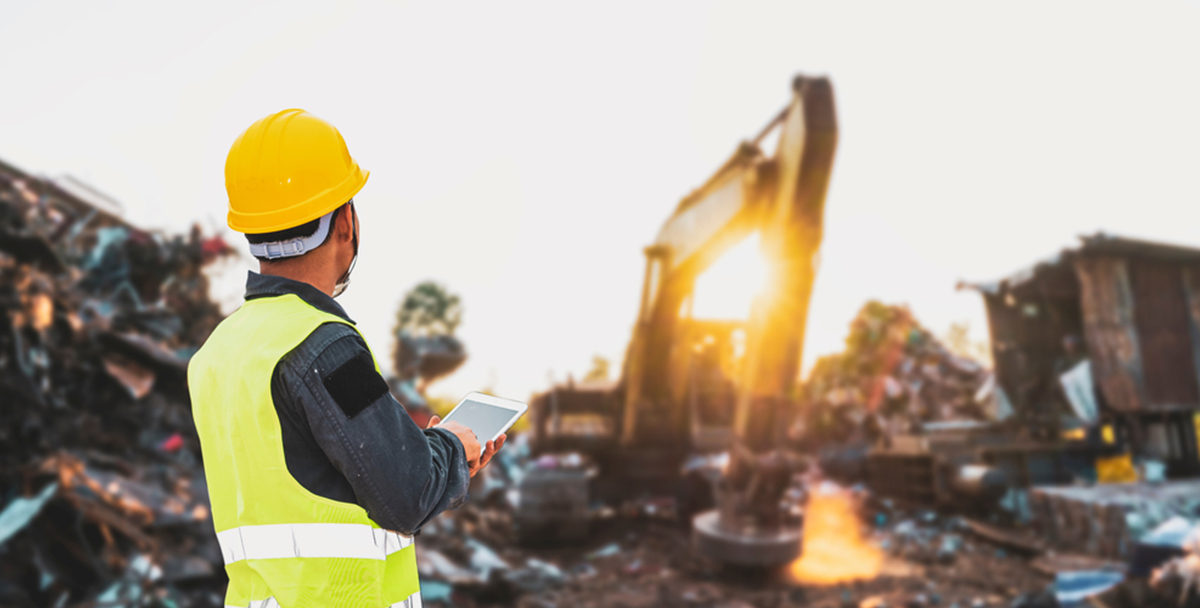
Creation date
Industrial recycling includes many different processes for the recovery and reuse of hazardous, or otherwise normally wasted materials. Nearly all manufacturing or industrial processes create waste products of some kind. Much of these waste materials can be reused or recycled contributing to the circular economy.
Types of Industrial Recycling
The world of industrial recycling is complex, with many different materials going through many different processes to come out with usable products on the other end. For most businesses, their industrial recycling falls into three main categories:
- Chemical waste: Factories, processing centers, warehouses, and manufacturing plants typically have large amounts of chemical waste. The waste typically includes hazardous waste and chemical residue, which must be treated and managed according to current regulations.
- Solid waste: This can include many types of materials, including paper, cardboard, plastics, and more. Many companies use recycling centers onsite to recycle much of this material.
- Hazardous waste: These materials have to be treated by p professionals and following always the most restricted established regulations. Usually, this consists of byproducts for manufacturing plants and factories.
Advantages
Properly recycling waste products has many advantages, including saving money, energy, and resources. Recycling can also help to save environmental resources and energy, which as the world moves into a more post-industrial, circular economy, will be of paramount importance. By preserving natural resources, and by acting committed to sustainable development companies take advantage of their corporate value.
All these types of industrial recycling and the stage of industrial recycling add up to better companies overall.
